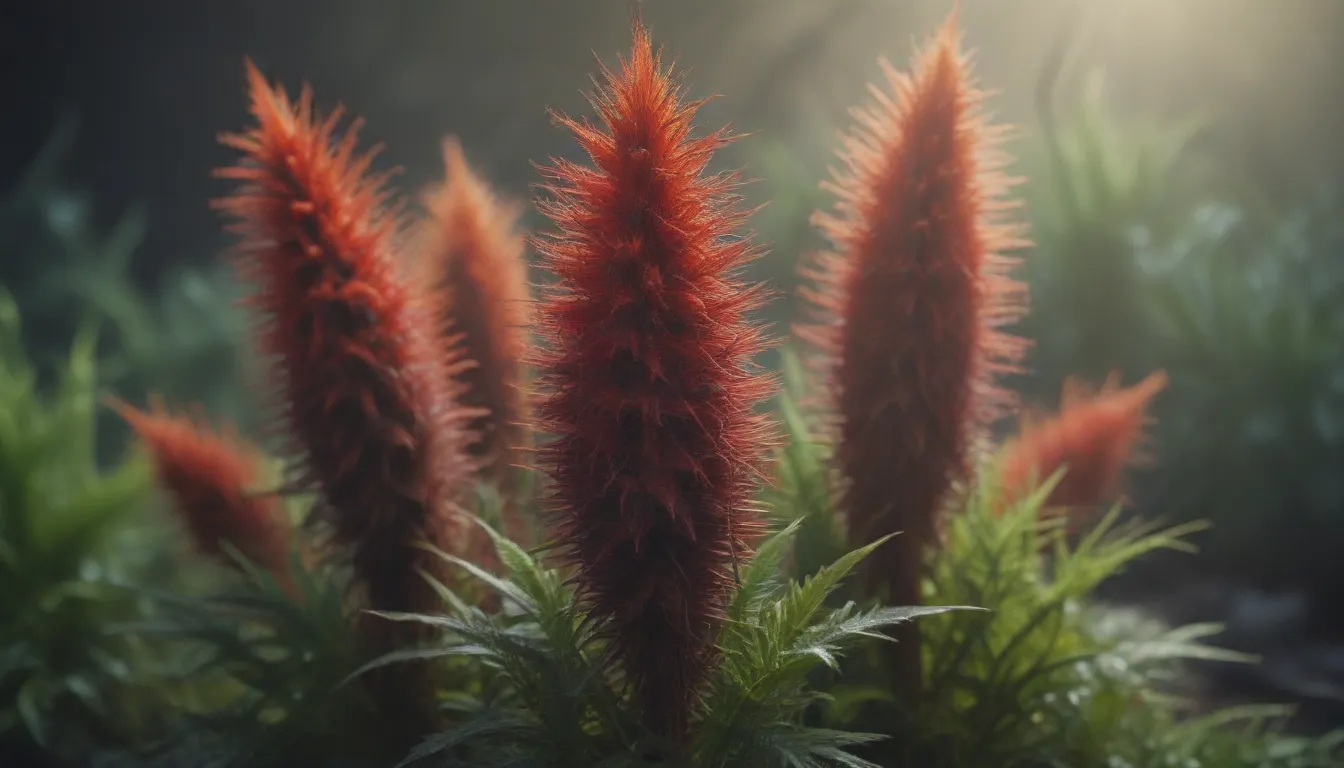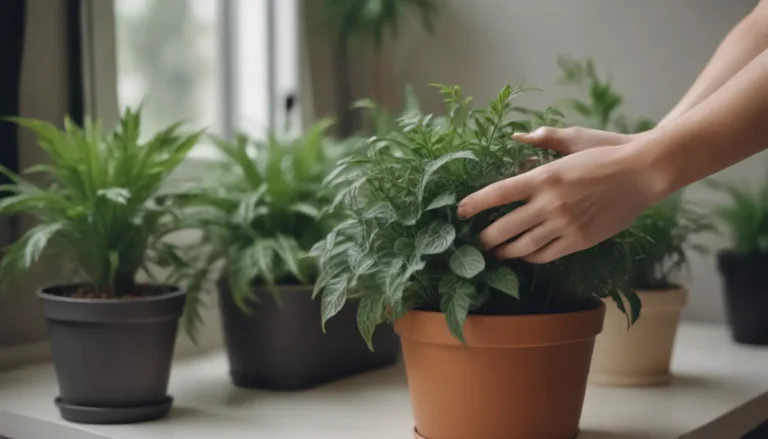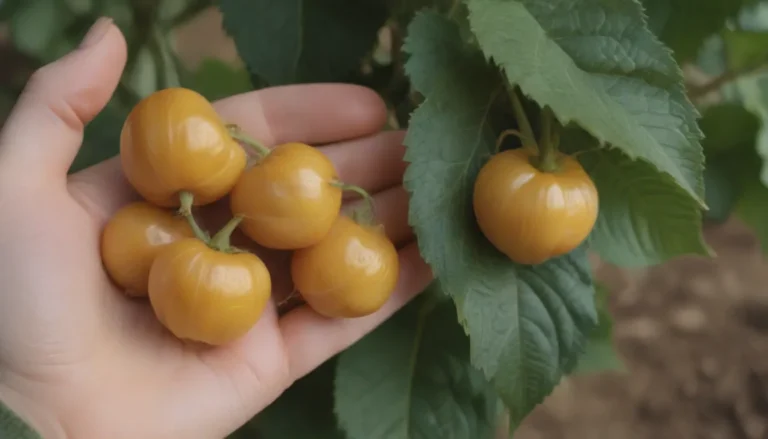Ultimate Guide for Growing and Caring for Firespike Plants

If you are looking to add a touch of tropical flair to your garden, look no further than the beautiful firespike plant. With glossy, dark leaves, purple stems, and vibrant tubular flowers, firespike plants are not only visually stunning but also attract a variety of wildlife such as hummingbirds, butterflies, bees, and even deer. These versatile shrubs can grow anywhere from 4 to 8 feet or more, adding a lush and exotic feel to any landscape.
Firespike Plants: Care and Requirements
Here are the main care requirements for growing healthy firespike plants:
Light
Firespike plants thrive in bright light, as they are naturally found in tropical environments. While firespikes can still bloom in the shade, they prefer full sun for optimal growth and health.
Soil
These plants are not too picky when it comes to soil pH levels, but they do best in rich, well-draining soils. Sandy soils are also tolerated by firespike plants. Consider using a compost-based soil for extra nutrients to keep your firespike thriving.
Water
Keeping your firespike well-watered is essential, as these plants require plenty of moisture. Water consistently, especially in dry areas. If you notice the plant wilting, do not panic – firespikes are moderately drought-tolerant and will often bounce back after proper watering. Mulching the soil around your plant can help retain moisture and prevent it from drying out too quickly.
Temperature and Humidity
Native to Mexico and Central America, firespike plants love hot weather and moderate to high humidity. They can survive light frost but are not tolerant of heavy frost. In areas without frost, firespikes may bloom all year long, adding a burst of color to your garden.
Fertilizer
While firespike plants are not picky about fertilizers, you can use a general, well-balanced, slow-release fertilizer to encourage healthy growth and blooms. Fertilize once in the spring and up to three times yearly or monthly during the growing season with a weakened liquid fertilizer.
Types of Firespike Plants
The genus Odontonema includes 20 to 30 species distributed in Mexico, Central America, South America, and the Caribbean. Some closely related species to firespike plants include Odontonema callistachyum, Odontonema brevipes, Odontonema laxum, and Odontonema nitidum.
Pruning Tips
Pruning firespike plants is essential to maintain their shape and encourage healthy growth. For plants that bloom year-round, occasionally prune side branches along the edges to prevent them from becoming unruly. For plants that produce seasonal flowers, perform a hard cutback in the spring to around 12 to 18 inches tall using hand pruners. Avoid pruning after October to ensure winter blooms.
Propagating and Repotting Firespike Plants
Firespike plants are easy to propagate from cuttings, best done in the spring. When repotting firespike plants, be cautious as they can easily become stressed during transplantation. Opt for containers that are suitable for the plant’s size and lifespan, ensuring proper drainage for healthy growth.
Overwintering Firespike Plants
Firespike plants thrive in USDA zones 10 and 11 but may need protection in cooler zones. Bring them indoors during colder weather or cover them if frost is predicted in your area. If the plant experiences frost damage, it may regrow in the spring once the soil warms up.
Common Pests and Diseases
Firespike plants are resistant to most common pests and diseases, though they are attractive to deer and may occasionally suffer from mealybug infestations. To treat mealybugs, dab 70% isopropyl alcohol on the affected areas.
Encouraging Blooms in Firespike Plants
To encourage more blooms in firespike plants, ensure they receive ample sunlight and provide a weekly dose of liquid fertilizer. Deadheading flowers in the fall is optional, but it can help maintain the plant’s appearance.
Common Issues and Solutions
While firespike plants are generally easy to care for, they may experience drooping if not watered sufficiently. Ensure they receive regular watering to maintain their vibrancy. Additionally, firespike plants can become scraggly and floppy if grown in shady locations, so aim for full to partial sun exposure for optimal growth.
In conclusion, firespike plants are a beautiful addition to any garden or landscape, adding a touch of tropical elegance and attracting a variety of wildlife. By following these care tips and guidelines, you can successfully grow and nurture your firespike plants, creating a vibrant and lush outdoor space to enjoy.
Remember, firespike plants are resilient and can thrive with proper care and attention. With their stunning foliage and vibrant blooms, firespike plants are sure to be a standout feature in your garden for years to come. So go ahead, plant some firespike and watch your garden come alive with color and beauty!





